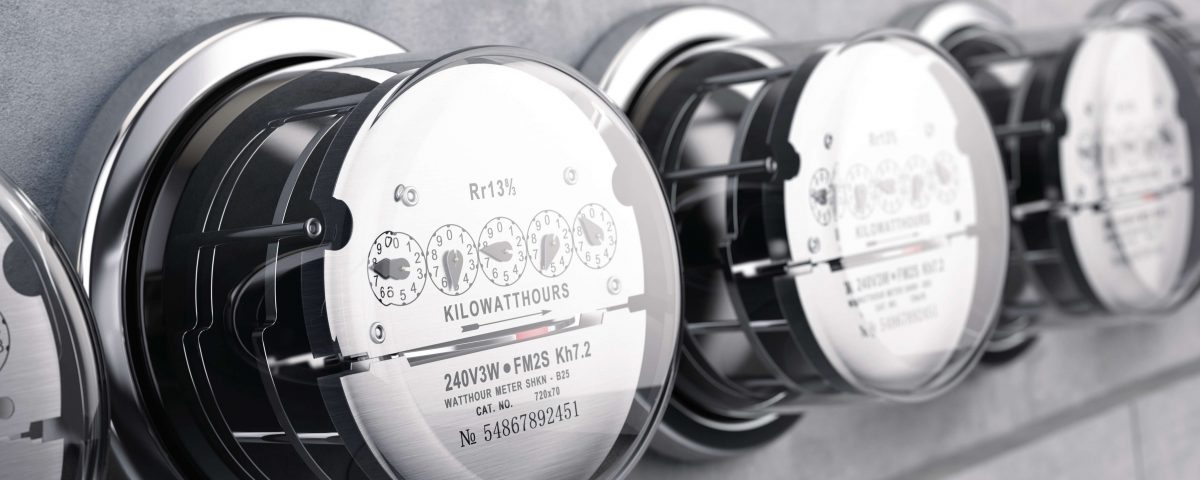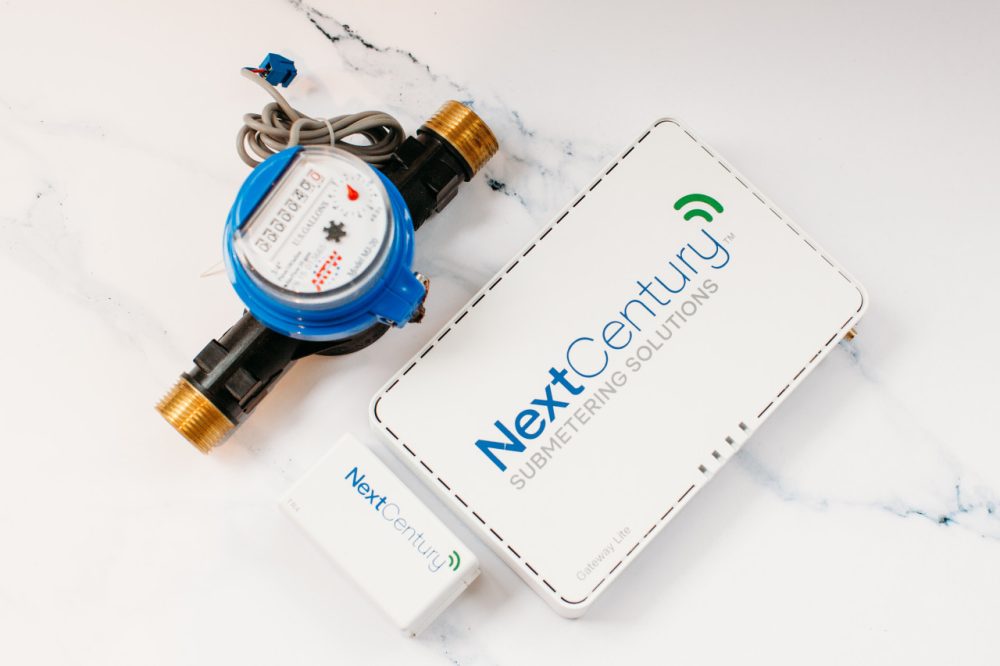
Controlling Community Water and Sewer Expenses
May 28, 2020Submeters, Smart Meters, and RUBS - Reducing Property Utility Costs Today
In the past five years, the financial pressure faced by management companies, boards, and community associations has increased drastically. Plummeting property values, foreclosures, and other economic issues have caused all parties to scrutinize every line item in an attempt to reduce community costs.
Submetering, long used in the apartment industry, is increasingly being adopted by community associations as a method for controlling utility costs. Submetering decreases property consumption statistically by fifteen to thirty percent. It shifts the burden for utilities from the community to the individual consumer, which provides a strong financial incentive to conserve costly and diminishing resources.
What is submetering? Submetering is the installation of individual meters in each of a community’s residences for the purpose of measuring specific unit consumption. This allows private billing companies to invoice each household directly for the costs associated with actual usage. It is most commonly applied to water and sewer, although other utilities may be submetered. Submetering came into existence because of advances in technology that allow remote reading of meters to be located inside private property.
In a traditional multi-family housing community, the local municipal provider will install one or more commercial master meters that provide water to an entire community. Water and sewer charges are assessed to the property as a whole. Association managers and boards aggregate the annual utility costs, divide those costs by the number of property units, and include them in monthly fees.
“those who conserve subsidize those who consume”
While this strategy works from a compensatory standpoint, it does nothing to discourage waste or encourage conservation. Because personal consumption is not measured, homeowners have no idea how much or how little water they actually consume. Consequently, individuals use an expensive resource with impunity, and the community at large pays the bill. In the end, it can be said that those who conserve subsidize those who consume.
Additionally, no incentive is given to repair unit leak issues, which may remain undiscovered for extended periods of time. Recently, a community in Tampa began a water submetering program. As usage was consistently measured, one specific home demonstrated inordinate consumption. This unit had been foreclosed upon and was unoccupied. Upon entry, a defective toilet was discovered that had a continuous flow of water straight through to the sewer. A minor repair stopped a major leak that had wasted over 50,000 gallons in less than a month. Unfortunately, the 50,000 gallons consumed in this unit was paid for by every homeowner in the community
What is the answer for cost conscious communities? For many, it is a submetering program, which promotes individual responsibility by shifting the financial burden for utility consumption from the community to the individual consumer. The apartment industry has long taken advantage of the benefits afforded by submetering.
In an April 2010 article, the National Apartment Association interviewed Scott Wilkerson, president of a Charlotte, NC, based management company that had engaged in retrofitting apartments with submeters. On average, the reduction in water consumption was twenty percent, and as much as fifty percent in certain unique cases. Wilkerson was quoted as saying, “If residents pay for what they use, then they will care how much they use. It’s not that residents use that much less water. They waste that much less water.”
How does a community get started? There are four areas to consider: legality, installation, technology, and billing. The legality of submetering depends upon the documents that govern the community, which should not prohibit the assessing of water outside of the normal monthly fees. It is advisable to have a qualified attorney provide a review. If changes are required, they may be initiated as any other change to the governing documents. Reputable submetering companies would be happy to send a representative to give a presentation on the benefits of submetering if a vote is required.
Secondly, quotations for installing meters should be taken. Most submetering companies offer retrofit installations. The following items should be considered when obtaining quotes.
• Is the company a licensed plumbing contractor, or do they use subcontractors?
• How long have they been engaged in installing and billing submeters?
• Did they physically inspect the property before providing a quotation?
• Will they pull permits and provide copies before beginning the installation?
• What is the warranty period?
• Is the submetering company able to handle every aspect from installation through billing?
• How quickly did they respond to the request for a quote?
These questions will provide a very good understanding of the installation quality and business practices of the company contacted. Thirdly, there is the question of technology. What type of submetering system will be installed?
The installation quotes received should specify the type of system to be installed. There are several types of submetering technologies from simple visual read meters in exterior pit boxes to sophisticated radio frequency systems that may be installed inside a home. The choice of system should take into consideration the location of water entry into the unit (interior or exterior), property size, building structure, system lifespan, ease of maintenance, and how it will be read. Ensure that the quote or submetering company representative explains why the proposed system has been chosen.
Finally, it is prudent to consider the transition to individual billing. Here are some questions to ask.
• Will you allow the direct billing of tenants, or will unit owners be responsible?
• Do you have a current list of all homeowners with mailing addresses?
• Has the prospective billing company provided a written transitional plan that delineates each step in the process?
• How will they handle homeowner consumption complaints?
• Do they offer Web-based services?
• What collection strategies are offered?
As with most things, the more advanced thought given, the easier the transition will be.
As natural resources become increasingly expensive, all communities will wrestle with the financial pressure of escalating utility costs, particularly in the current economic environment. Submetering reduces utility expenses by shifting the financial burden of consumption from the community to the homeowner, which provides a strong incentive to reduce usage. It has been proven to substantially reduce property utility consumption by fifteen to thirty percent or more. For community managers and leaders this long tested, but very innovative approach, can proactively address escalating costs and bring financial relief in a time when it is needed most.
Written by Roger Ross, the Chief Operations Officer of Think Utility Services, Inc., with headquarters in Clearwater, Florida. For more information, please call Roger at (888) 696-3837, extension 452, or visit www.ThinkUtilityServices.com.




